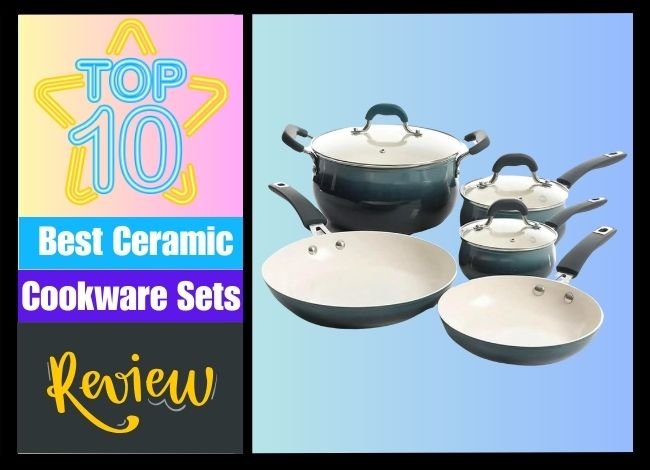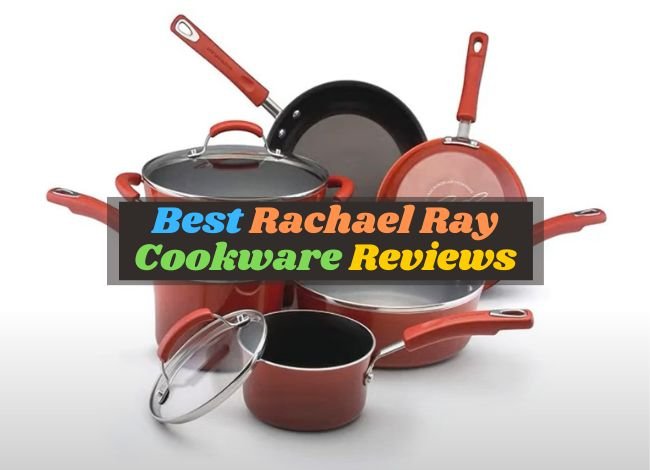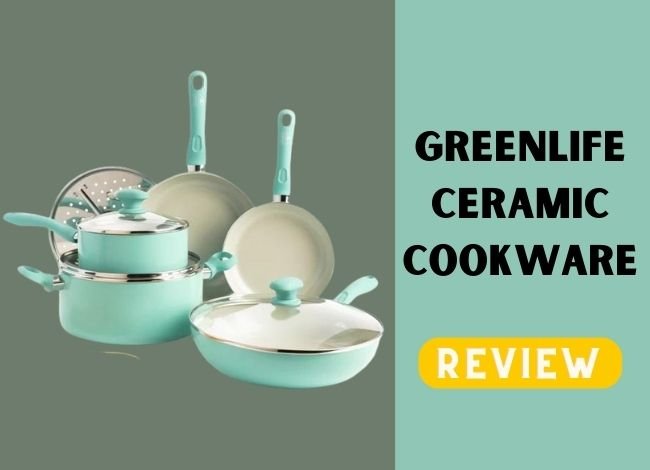Last Updated on February 10, 2024
When renovating a kitchen or choosing appliances for a new home, one of the key decisions you’ll face is selecting the right range. Choosing between a slide-in and a freestanding range is more than just aesthetic; it impacts kitchen layout, installation requirements, and cooking experience. Additionally, understanding what a drop-in range offers can provide another alternative. Let’s explore the differences and characteristics of each to help you make an informed decision.
What is a Freestanding Range?
A freestanding range is the most common and traditionally popular choice among homeowners. Characterized by its finished sides and a control panel located on the backguard above the cooktop, freestanding ranges are designed to stand alone. They can be placed virtually anywhere in the kitchen where there’s a suitable power source, offering flexibility in kitchen design.
Freestanding ranges are appreciated for their ease of installation and the fact that they typically do not require any modifications to countertops or cabinetry. This makes them a versatile option for both new and existing kitchen layouts. Their self-contained design includes the oven controls at the back, which might limit the backsplash design options but provides a straightforward, user-friendly interface.
Price-wise, freestanding ranges tend to be more affordable than their slide-in or drop-in counterparts. This affordability, combined with their versatility and ease of installation, makes freestanding ranges a popular choice for a wide range of consumers, from budget-conscious homeowners to those prioritizing ease and functionality in kitchen appliances.
What is a Slide-In Range?
Slide-in ranges offer a more integrated look than freestanding models, with controls located at the front of the unit. This design eliminates the backguard, allowing for a seamless blend with the kitchen countertop and backsplash. Slide-in ranges are designed to fit snugly between cabinetry, giving a custom, built-in appearance that many homeowners prefer for a modern kitchen design.
The placement of the controls at the front of a slide-in range not only contributes to a sleek, streamlined look but also provides practical benefits. It makes the controls more accessible, eliminating the need to reach over hot pots and pans to adjust temperatures. The lack of a rear control panel allows for easier backsplash tile design and installation, offering enhanced aesthetic flexibility in kitchen design.
Slide-in ranges typically require more precise kitchen measurements and cabinetry tailored to accommodate their specific dimensions. This can mean additional planning and potentially higher kitchen design and installation costs. However, the investment can significantly increase a kitchen’s visual appeal and value, making slide-in ranges a popular choice for kitchen remodels or new builds aiming for a higher-end look.
What is a Drop-In Range?
Drop-in ranges are less common but offer a distinctive style for high-end kitchen designs. They are similar to slide-in ranges in that they are designed to fit within cabinetry but sit atop a cabinet base rather than resting on the floor. This setup creates a sleek, built-in look that seamlessly integrates with the kitchen cabinetry, giving a streamlined and custom appearance.
Installing a drop-in range is the most involved of the three types, requiring precise cabinetry alterations and often custom work. This makes them more expensive in terms of the appliance itself and the installation and cabinetry costs. The controls are typically located at the front, similar to slide-in models, providing ease of use and contributing to a modern, high-end kitchen aesthetic.
Drop-in ranges are chosen for their ability to enhance a kitchen’s design coherence, offering a clean and customized look that is particularly appealing in contemporary or minimalist kitchen designs. While not as widely available as freestanding or slide-in ranges, drop-in models are favored for luxury kitchen renovations where budget is less of a constraint and design customization is a priority.
Features Comparison Table: Dutch Ovens vs Slow Cookers
| Feature | Dutch Oven | Slow Cooker |
|---|---|---|
| Material | Usually made of cast iron, which is excellent for heat retention and distribution. | Typically constructed from ceramic or porcelain, housed in a metal casing. |
| Heat Source | Can be used on stovetops and in ovens, offering versatile cooking methods. | Electric, requires plugging in but can be left unattended safely. |
| Temperature Control | Offers more immediate control over heat, allowing for searing, simmering, and more. | Generally has low, high, and keep-warm settings, providing consistent, slow cooking. |
| Maintenance | Requires seasoning if cast iron; not always dishwasher safe. | Often has removable inserts that are dishwasher safe for easy cleanup. |
| Cooking Time | Can cook both quickly and slowly, depending on the method. | Designed for longer cooking times, usually several hours. |
| Flavor Development | High heat capabilities can develop flavors through browning and caramelization. | Slow cooking can meld and deepen flavors over time, especially for soups and stews. |
What are the Key Differences Between Freestanding, Slide-in, and Drop-in Ranges?
Freestanding Ranges are the most common and versatile type, designed to fit anywhere in the kitchen. They have finished sides, allowing them to be placed at the end of a cabinet row or stand alone. The controls are typically located on the backguard, rising above the cooktop surface.
Slide-in Ranges are designed to fit between two cabinets with no sides, giving them a built-in look. The controls are located at the front, eliminating the backguard and allowing the backsplash to be visible. This design creates a seamless look that integrates with the kitchen cabinetry.
Drop-in Ranges are similar to slide-in models but are less common. They are installed within a customized cabinetry base, appearing to “drop in” to the cabinet space. The cabinetry must be built to the specifications of the range, making this option more integrated into the kitchen design but also less flexible and typically more expensive.
Installation
Freestanding Ranges offer the simplest installation process. They are essentially plug-and-play appliances that only require an appropriate power outlet. Their design does not necessitate modifications to countertops or cabinetry, making them an easy choice for quick updates or replacements.
Slide-in Ranges require a bit more precision in installation. Since they are meant to fit snugly between cabinets, the dimensions of the kitchen space need to be accurately measured. The lack of finished sides means that any gap between the range and the cabinetry can be noticeable, so exactness is key. However, this also allows for a more custom, streamlined look that many homeowners prefer.
Drop-in Ranges involve the most complex installation process, as they must be fitted into a specifically designed space within the cabinetry. This often requires professional installation and customization of kitchen cabinets, which can add to the overall cost and time involved in kitchen remodeling or construction.
Configuration of Controls
Freestanding Ranges typically have their controls located on the backguard. This traditional setup may require the cook to reach over pots and pans to adjust temperatures, which can be a minor inconvenience.
Slide-in and Drop-in Ranges feature front control panels, eliminating the need to reach over cooking surfaces and providing easy access. This configuration is safer and contributes to a modern and clean look in the kitchen.
Features
While Freestanding Ranges might offer a broader range of features due to their popularity and availability, Slide-in and Drop-in Ranges are catching up, often including similar or even superior options. Slide-in ranges, for example, may offer dual convection ovens, bridge burners for griddles, and warming drawers. The seamless design also helps contain spills on the cooktop, making cleanup easier.
Can a Slide-In Range Replace a Freestanding Range?
Yes, a slide-in range can replace a freestanding range in most kitchens. Slide-in ranges are designed to fit flush with your kitchen cabinetry, offering a seamless look that appeals to many homeowners. They usually have controls at the front, eliminating the need for a back panel and allowing for a more integrated appearance with your countertops. However, measuring your space accurately is essential, as slide-in ranges often require a precise fit. Additionally, they might be slightly more expensive than freestanding ranges but offer a more custom, built-in look that could increase the value of your kitchen.
Freestanding vs. Drop-In vs. Slide-In Range: Which is Best for My Kitchen?
Choosing between freestanding, drop-in, and slide-in ranges depends on your kitchen layout, style preferences, and budget. Freestanding ranges are the most common and versatile, fitting in most kitchen spaces without needing customization. Drop-in ranges offer a built-in appearance, as they are dropped into a predefined space in the cabinetry, but require more precise kitchen planning and customization. Slide-in ranges align flush with kitchen countertops, providing a sleek and seamless look, and are easier to install than drop-in ranges but still offer that built-in aesthetic. Consider your kitchen’s current layout, your aesthetic preferences, and your budget when making your choice.
Conclusion
Choosing between a freestanding, slide-in, or drop-in range ultimately depends on your kitchen design preferences, budget, and installation considerations. Freestanding ranges offer ease and affordability, slide-in ranges provide a sleek, integrated look with accessible controls, and drop-in ranges deliver the ultimate in custom, high-end kitchen design. Understanding the differences can help you select the best range to meet your cooking needs and aesthetic desires, enhancing your kitchen’s functionality and appearance.
Frequently Asked Questions
- Can I use a Dutch oven as a slow cooker?
- Yes, a Dutch oven can be used similarly to a slow cooker by maintaining low heat on the stovetop or in an oven.
- Is a slow cooker energy-efficient?
- Yes, slow cookers are generally energy-efficient, using less electricity over extended cooking times compared to ovens.
- Can I bake bread in a Dutch oven?
- Dutch ovens are absolutely excellent for baking bread due to their heat retention and distribution.
- Do slow cookers require liquid for cooking?
- Yes, slow cookers need liquid to create steam and prevent food from drying out.
- Can I leave my slow cooker on when I’m not home?
- Slow cookers are designed to be left cooking unattended, making them safe for use while away.
- How do I clean a Dutch oven?
- Clean with warm, soapy water and dry thoroughly. For cast iron, avoid soaking and restore seasoning after washing.
- What size Dutch oven should I buy?
- A 5 to 7-quart Dutch oven is versatile for most recipes and family sizes.
- Can I put a slow cooker insert in the oven?
- Check the manufacturer’s instructions; some inserts are oven-safe, while others are not.
- Why is my slow cooker food bland?
- Slow cookers can dilute flavors; consider reducing liquids or adding spices toward the end of cooking.
- Can a Dutch oven go from refrigerator to oven?
- Avoid sudden temperature changes with cast iron to prevent cracking. Allow it to come to room temperature first.




